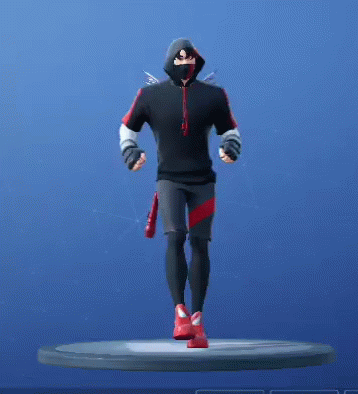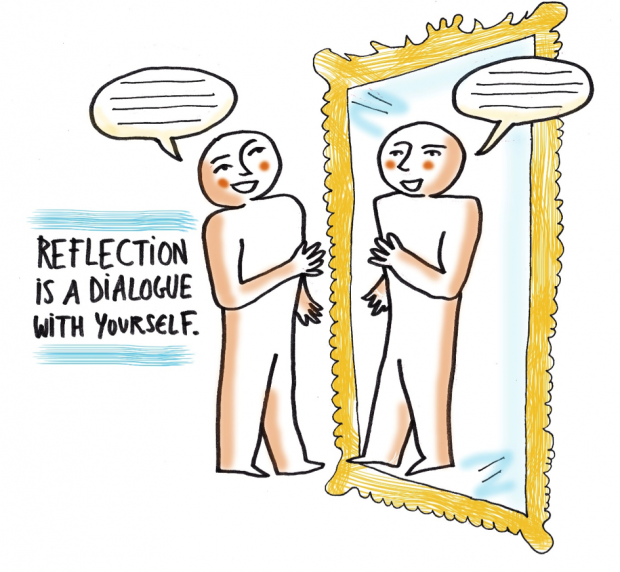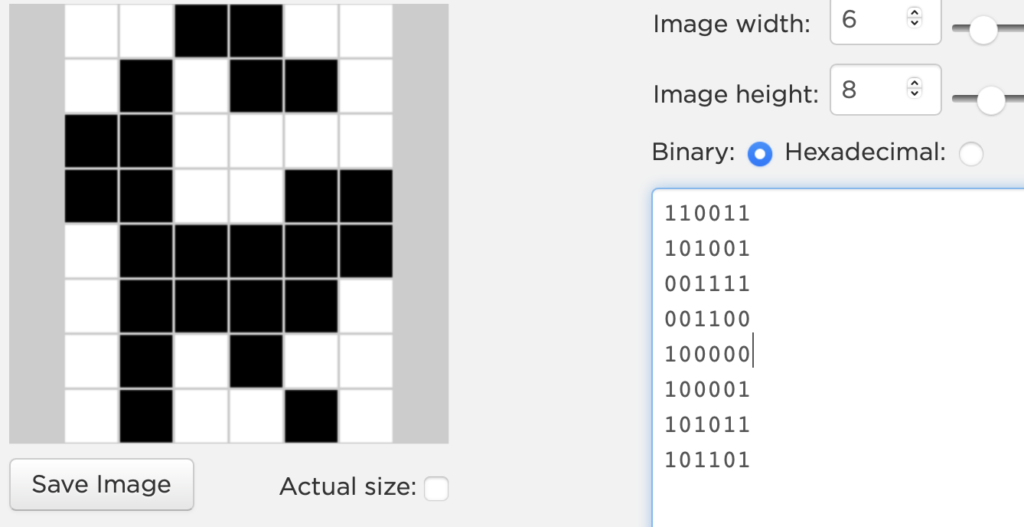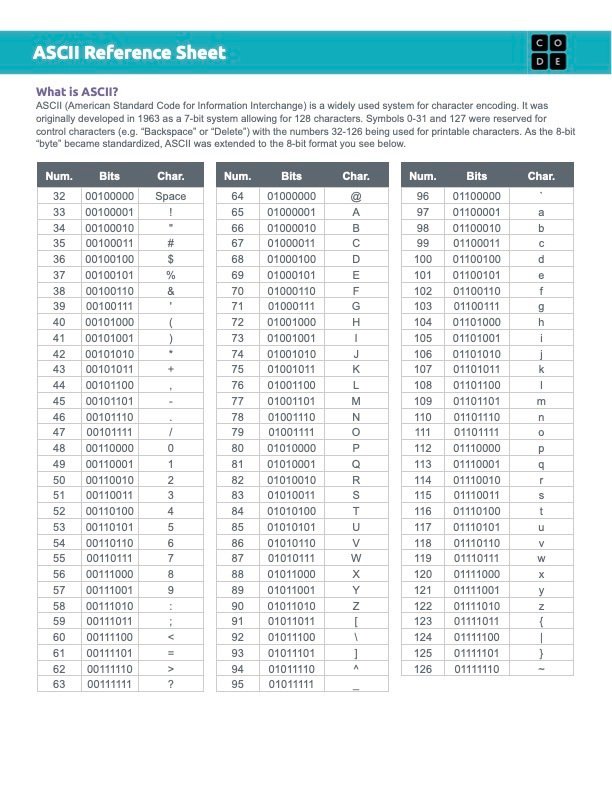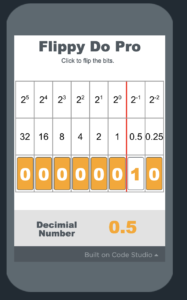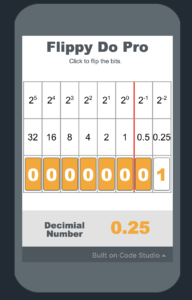CSP: Digital Information
Intellectual Property
based on resources from code.org
PBL by Silver Oaks
Warmup
However, we can see that it can be complicated when we talk about ownership of digital information. Today we are going to explore these issues.
Activity 1
Read the article
Read the article. After you have finished reading you should mark up the text with the following:
- Highlight / Underline: Any information in this article that you want to know more about
- At The End: Write a summary of the article in Google classroom
This article brings up issues around copyright. Based on what you’ve read and your own experiences, what questions do you have about copyright?
Today’s central question: Are our current copyright policies helping society or hurting society?
Today’s central question:
Are our current copyright policies helping society or hurting society?
Activity 2
Copyright Overview
Before we can really discuss this question, we need some additional background information. We are going to watch three videos. Our goal is to better understand the rules of copyright, and to better understand when we can reuse or remix something.
Video #1 – Copyright Overview
Video #2 – Copyright in Practice
Video #3 – Creative Commons Copyright
Activity 3
Re-Read the article
Now that we better understand the rules & controls of copyright, we’re going to re-read this article to see if we can determine if current copyright policies are helping or hurting society
Today’s central question:
Are our current copyright policies helping society or hurting society?
Now re-read the article in order to answer these questions:
- What was digitized?
- What was the goal or purpose of digitizing this thing?
- Is someone benefiting from this situation? If so, who?
- Is someone being harmed in this situation? If so, who?
- Are these impacts intended or unintended? How do you know?
You should continue to annotate the article by adding the following symbols:
- Add a + next to sentences that show benefit
- Add a – next to sentences that show harm
- Add an emoji next to sentences that show impact
Wrapup
Reflection
You need to take a stand on today’s question, using this article to help support your position. We will do this by creating a position poster so we can see how everyone feels about Copyright based on this article.
Reflect on
Do you think copyright can help or hurt society ? Explain your stand using a quote from the article that helps jusitfy your answer.
Submit it in Google Classroom Assighnment.
Today we learned about Creative Commons, a license that allows you to freely use materials created by others. There are a few other licenses that you may have heard about that also allow access:
- Open Source: programs that are made freely available and may be redistributed and modified.
- Open Access: online research output free of restrictions to access and use
You do have options when you want to ethically use others’ materials! Because of these licenses, we have access to a wide variety of digital materials.
To close, when you use these materials, always make sure to cite where you found your sources. Citations come in many forms – it could be a link, or a description of where you found the source. There are formal versions of citations recommended by various organizations, but generally the most important thing to remember when citing a source is to provide as much information as possible about the materials you are using.



